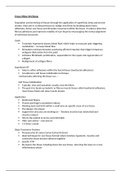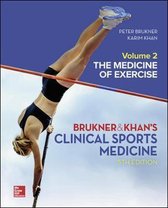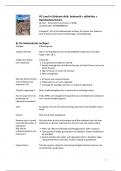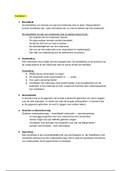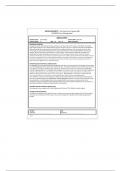Lecture notes
Cross Fibre Frictions
- Module
- Sports Massage
- Institution
- Cardiff Metropolitan University (CMU)
Lecture notes study book CLINICAL SPORTS MEDICINE of Peter Brukner, Karim Khan - ISBN: 9781760420512, Edition: 5, Year of publication: - (Method)
[Show more]
